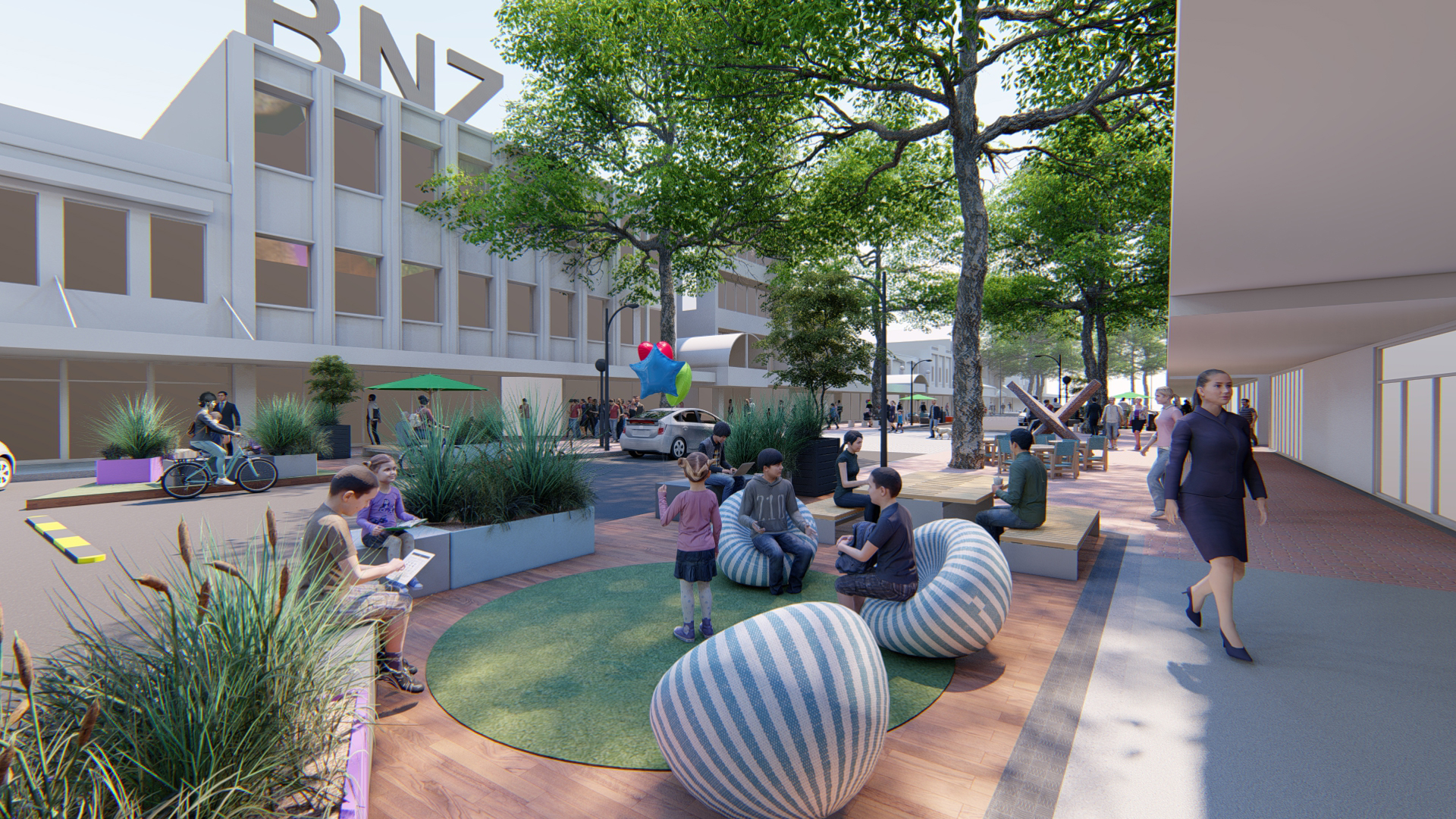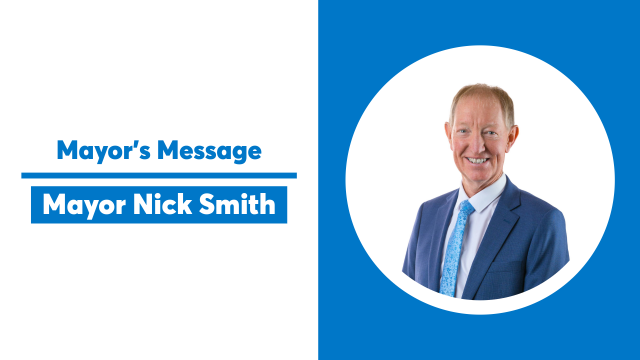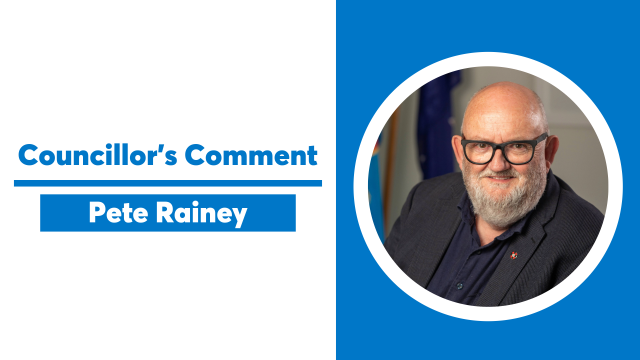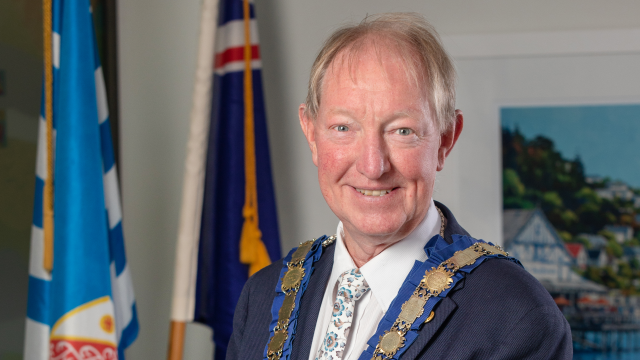Te Ara ō Whakatū: Take part in our city centre’s future
26/08/2021 3:30pm
What do you get if you add 81 meetings with 275 attendees, 200 hours of discussion, and 247 cups of tea?
The answer is Te Ara ō Whakatū, Nelson’s Draft City Centre Spatial Plan.
Informed by community groups representing a wide variety of people in Nelson, the Plan is a 30-year vision for the future of our Smart Little City.
It comprises eight actions that will transform our city into an even greater people-focussed place, full of green spaces, where more people live, and visitors want to linger longer.
Pending a decision at a Council meeting on Thursday 26, August, further formal public consultation on Te Ara ō Whakatū will open on 30 August. This may change depending on the COVID-19 alert level.
Nelsonians will be able to read the plan and submit feedback at shape.nelson.govt.nz/city-centre-spatial-plan. If the COVID-19 alert level allows it, a summary of the Plan will also be delivered to every house in our region, and there will be copies available at our customer service centre, public libraries in Nelson and Stoke, bars, cafes, and retail outlets throughout the city centre.
If this is not possible to achieve, copies of the summary will be available at Shape Nelson.
City Centre Development Lead Alan Gray says he is looking forward to hearing what the people of Nelson have to say about the Plan.
“What really came through in our engagement with community groups is a set of shared values. We all want to see our city become a destination; somewhere you visit not just for work or to see the pharmacist, but for a day out, or a special evening with friends."
Urban Development Subcommittee Chair Judene Edgar said the Plan was a chance for Nelson to stand out from the crowd.
"We want people to recognise Nelson as a welcoming, people-friendly city. Te Ara ō Whakatū builds on our heritage, culture, arts and existing facilities and infrastructure, to produce a blueprint for the future of our city."
Alan Gray and Judene Edgar on Te Ara ō Whakatū's eight actions:
Seeing Ourselves: “We should never underestimate Nelson’s cultural identity. Our unique mix of independent retailers, restaurants, bars and cafes is one of the things that makes us stand out from the crowd – we should play to that strength.” - JE
Raising Residents: "What if we raised the number of people who live in our city centre from 100 – 2000? This would cause a transformation for nightlife for Nelson. Busier streets would mean our shops might find it worthwhile opening a bit later, greater opportunities for more hospitality businesses, and a sense that Nelson is still alive even after the sun sets." - AG
Streets for People: “Nelson needs to transform its city centre from a place where people drive in for work or shop, to one where they also live, socialise, relax and enjoy life. Imagine Hardy and Bridge Streets as a place where people stop and linger, while they enjoy a coffee or lunch.” - JE
Great Places: "Great places are the social spots in Nelson’s city centre where people meet, catch-up, and have fun. Places where people stay longer and enjoy the unique city experience Nelson offers. A growing worker and resident population will demand more social spaces offering greater appeal to people across a wide age range." - AG
Greener Streets: “Let’s plant 1000 trees in our city centre and benefit from the natural shade and their beauty, not to mention the mental health benefits and the work they would do to sequester carbon emissions. With more people living centrally, our green streets will be many people’s front gardens.” - JE
Linked up laneways: “Laneways give people the opportunity to explore their city and see it from a new angle. They encourage people to explore and stay in the area, thereby benefitting local businesses and the community. The success and importance of laneways in modern urban environments is evident in forward thinking cities worldwide.” - AG
Precinct Power: “Our city centre must have strong links to other nearby precincts. The students at NMIT, library users at the Riverside Precinct, knowledge workers at the new Sci-Tech Precinct. We need to make it easier for people to walk between these areas, so they choose not to use their car, and we also need to provide a city centre that these people want to visit." - JE
People at Play: “An urban park, yes. But not just an urban park. Our public life survey showed very little evidence of young children at play in our city centre. That has to change, and one way we can do that is with informal opportunities for play throughout the city. Our street furniture, our public art – both have the potential for playful interactions.” - AG




